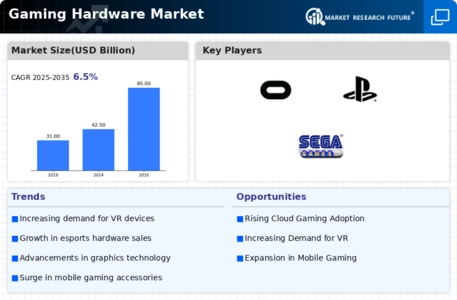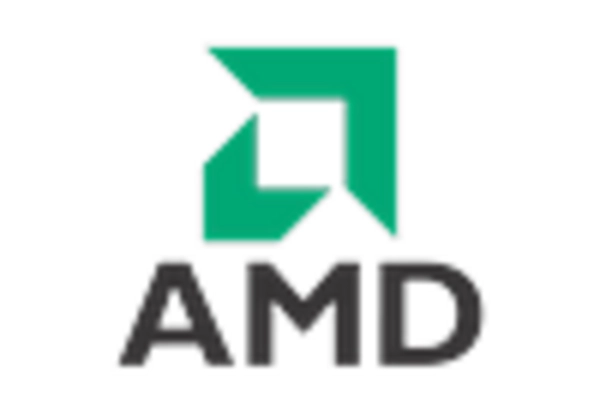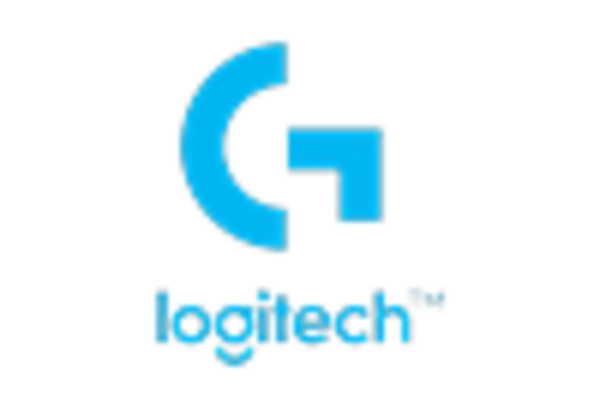Market Share
Gaming Hardware Market Share Analysis
The gaming hardware market is fiercely competitive, and market share positioning strategies play a crucial role in determining the success of companies within this dynamic industry. One prevalent strategy involves product differentiation. Leading companies aim to set themselves apart by introducing unique features, cutting-edge technology, and design innovations in their gaming hardware. Whether it's a graphics card with enhanced performance capabilities, a gaming mouse with customizable RGB lighting, or a console with exclusive gaming titles, differentiation serves as a key driver in attracting consumers and securing a significant market share.
Pricing strategies also play a pivotal role in market share positioning within the gaming hardware sector. While premium products with advanced features target the high-end market, companies often introduce entry-level and mid-range products to capture a broader customer base. Price-conscious consumers may opt for more affordable alternatives that still offer satisfactory performance. Striking a balance between quality and affordability is crucial for companies seeking to gain or maintain a substantial market share, as it allows them to cater to a diverse range of consumers with varying budget constraints.
Strategic partnerships and collaborations are another integral aspect of market share positioning in the gaming hardware industry. Companies often form alliances with game developers, software providers, and other relevant stakeholders to enhance the overall gaming experience. Exclusive partnerships can result in bundled offerings, limited-edition products, or optimized hardware-software integration, creating a unique value proposition for consumers. By aligning themselves with key players in the gaming ecosystem, companies can strengthen their market presence and differentiate their products from competitors.
Global market expansion is a common strategy employed by gaming hardware manufacturers to increase their market share. As the gaming community grows worldwide, companies seek to tap into emerging markets and diversify their consumer base. Localized marketing campaigns, distribution partnerships, and understanding regional preferences are essential components of this strategy. A successful global expansion allows companies to gain a foothold in untapped markets, fostering increased brand recognition and market share growth.
Continuous innovation and staying ahead of technological trends are fundamental to market share positioning in the gaming hardware sector. With the rapid pace of technological advancements, companies that invest in research and development to bring cutting-edge products to market gain a competitive edge. Whether it's the introduction of new gaming peripherals, advancements in graphics processing units, or the integration of immersive technologies like virtual reality, staying at the forefront of innovation allows companies to attract early adopters and maintain a leading market share position.
Customer-centric strategies, including robust customer support, warranty programs, and community engagement, contribute significantly to market share positioning. Positive customer experiences lead to brand loyalty, positive reviews, and word-of-mouth recommendations, all of which can drive sales and market share growth. Building a strong community around a brand fosters a sense of belonging among consumers, creating advocates who not only purchase the products but also promote them to others.
Lastly, strategic acquisitions and mergers can be instrumental in securing a competitive market position. Companies may acquire startups or established players to complement their product offerings, gain access to new technologies, or eliminate potential competitors. This approach allows for rapid market expansion and diversification, consolidating market share and reinforcing the company's standing within the gaming hardware industry.








Leave a Comment